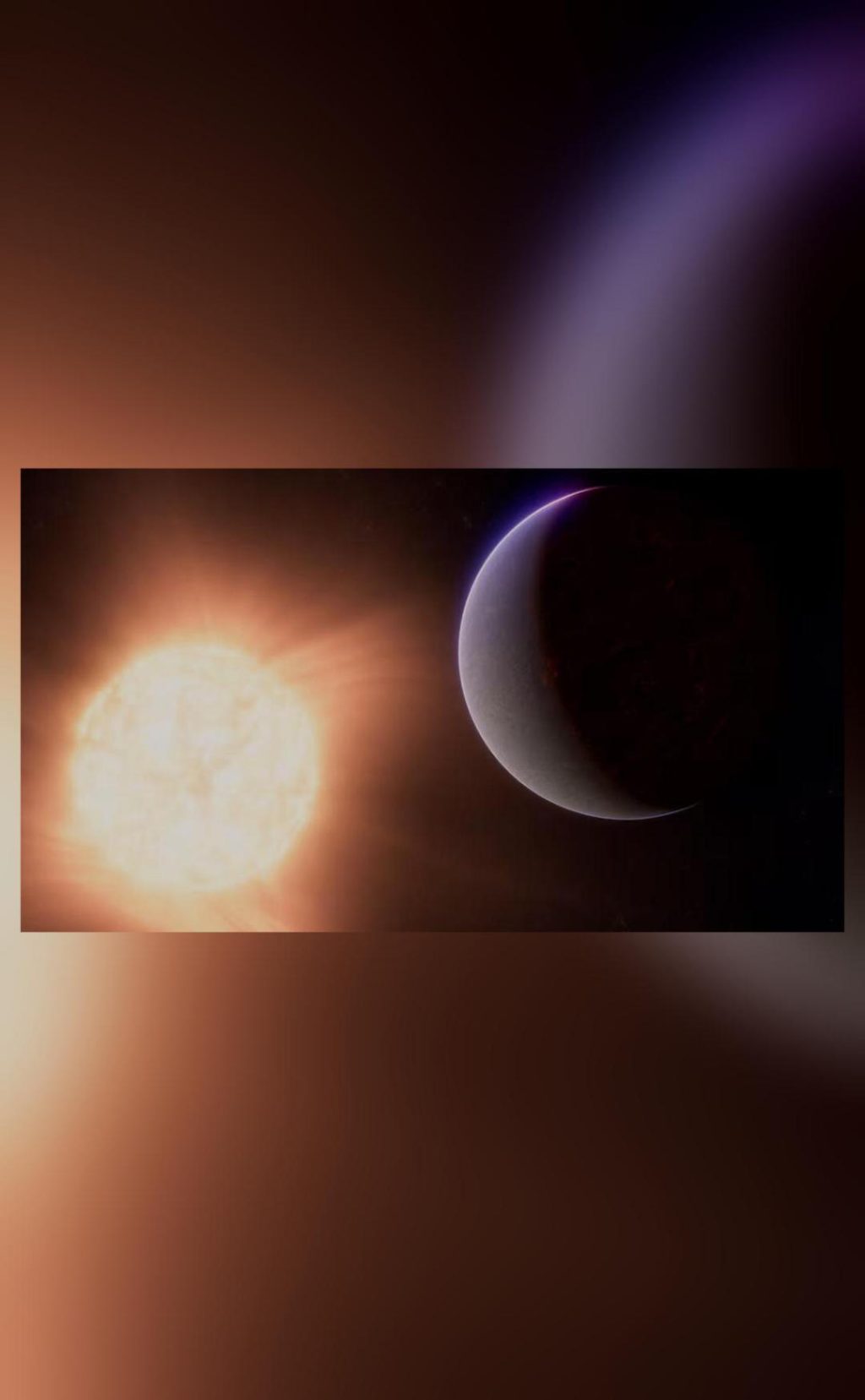
Hot Rocky Exoplanets Can Melt Earth’s Crust: Scientists
In a groundbreaking study published in the journal Nature Astronomy, scientists have discovered that hot rocky exoplanets, also known as lava planets, have the ability to melt Earth’s crust. This startling revelation has sent shockwaves through the scientific community, as it suggests that these planets, which are similar in composition to our own, have the potential to vaporize the very rocks that make up our planet’s surface.
The study, led by Dr. David Kipping of Columbia University, found that these hot rocky exoplanets have a unique orbital design that allows them to always show one face to their star. This peculiar configuration causes their dayside surfaces to reach temperatures high enough to liquefy silicate rocks, which make up a staggering 90% of Earth’s crust.
Silicate rocks are the most common minerals on our planet, and their melting point is typically around 1,800°F (1,000°C). However, the surface temperatures of these hot rocky exoplanets can reach as high as 3,000°F (1,600°C), more than enough to melt even the most heat-resistant silicate rocks.
The implications of this discovery are far-reaching and raise important questions about the potential for life on these planets. If silicate rocks can melt and vaporize, it’s possible that the surface chemistry of these planets could be dramatically different from that of Earth. This, in turn, could affect the formation of minerals and the potential for life to emerge.
The study’s authors used a combination of computer simulations and data from NASA’s Kepler space telescope to identify the hot rocky exoplanets. They analyzed the light curves of over 1,000 exoplanet candidates, looking for signs of the unique orbital design that would indicate the presence of a lava planet.
The team’s findings suggest that these hot rocky exoplanets are more common than previously thought, with at least 10% of stars in the galaxy potentially hosting one of these scorching worlds. This raises the possibility that there could be many more lava planets out there, waiting to be discovered.
So, what does this mean for our understanding of the universe and the potential for life beyond Earth? The discovery of hot rocky exoplanets that can melt Earth’s crust serves as a reminder of just how unique our planet is. While we may share similarities with these lava planets in terms of composition, their extreme environments make them fundamentally different from our own.
However, this study also highlights the importance of continued exploration and research into the mysteries of the universe. By studying these hot rocky exoplanets, scientists can gain a better understanding of the conditions necessary for life to emerge, and potentially even discover new forms of life that are capable of thriving in environments that would be hostile to us.
In conclusion, the discovery of hot rocky exoplanets that can melt Earth’s crust is a significant finding that has the potential to reshape our understanding of the universe. As scientists continue to explore and study these extreme worlds, we may uncover new secrets about the nature of life and the conditions necessary for its emergence.






